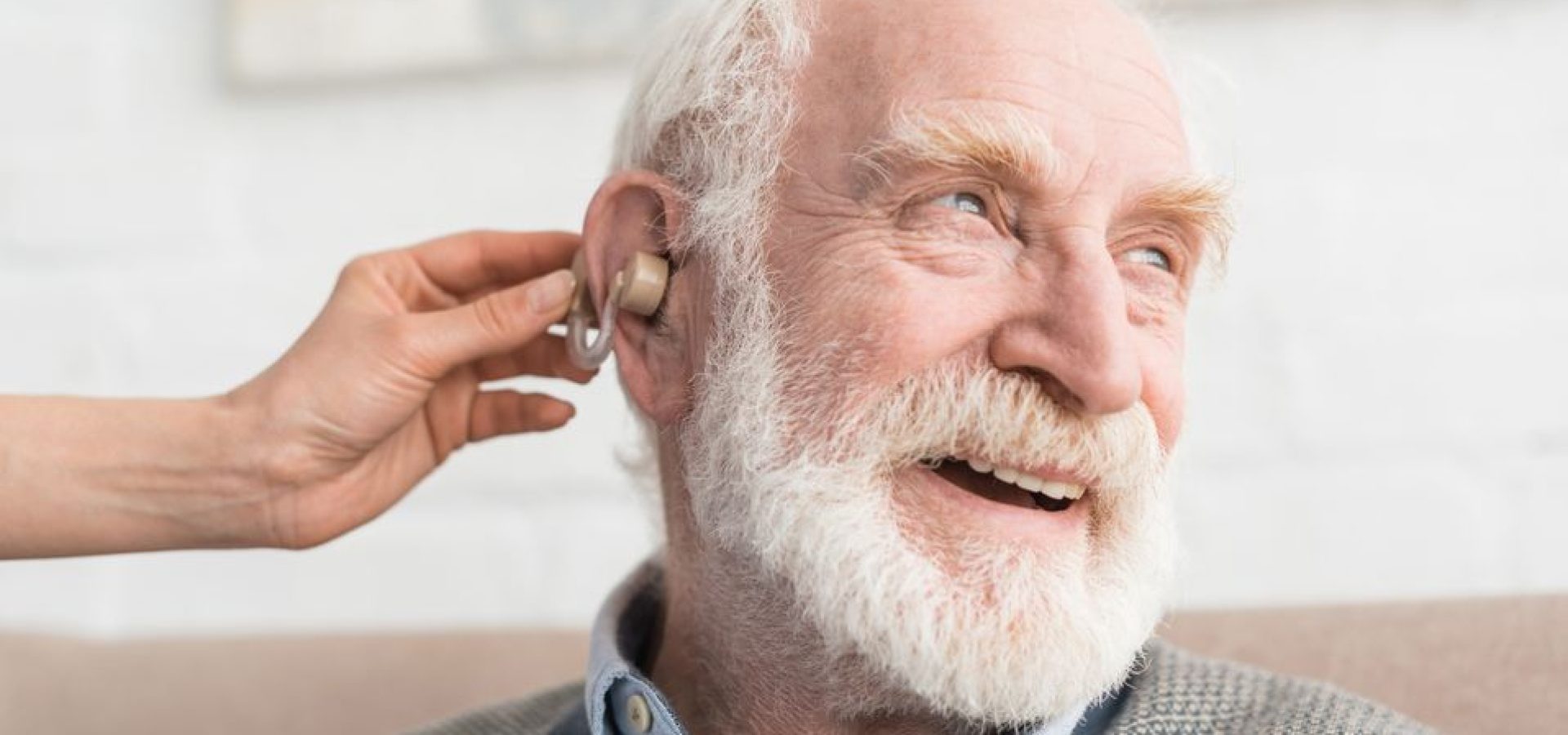Menu

Selecting and fitting hearing aids are complex, requiring multiple visits to a hearing care professional and extensive discussion. Ideas will be exchanged back and forth, and several tools and pieces of equipment may be used. Most importantly, hearing aids and their fitting are expensive, so plenty of financial planning will also be part of the entire hearing aid fitting process.
The bad fitting of hearing aids can be extremely frustrating and cause a lot of inconveniences. In some instances, it might even cause long-term damage to your hearing. If you think you have a bad hearing aid fitting, the first thing you should do is consult your hearing care professional. They can properly assess what’s going on and determine whether or not a new fitting is necessary.
We don’t want these to happen to you at the last minute, so here are some signs your hearing aids need an immediate adjustment:
External Sores
If you experience pain around your ears after getting hearing aids, it may be due to the earmold. Check with your hearing care professional immediately to see if the earmold needs to be adjusted.
A Persistent Whistling Noise
If you start hearing a whistling sound after you’ve been fitted with hearing aids, the earmold is likely too loose. This lets some of the sound escape, which causes the whistling noise. In this case, you’ll need to get a new earmold impression from your hearing care professional.
Incorrect Sound Volume
Some people have trouble hearing because the sound is either too loud or too soft. This is normal for the first few days, and you will get used to it. You might need to adjust the volume to meet your needs. If you still have trouble hearing, even after trying everything, you might need to get your hearing aids programmed by a professional.
Bonus: Simple Remedies to the Above Signs
Although wearing a hearing aid at first may feel strange or uncomfortable, you will gradually get used to it. This includes getting used to the increased sound quality and the feeling of the device in your ear. Here are some techniques that can make this adjustment process even smoother:
- Audiologists are the best people to talk to to get hearing aids that fit well and work properly. Check in with them periodically to ensure everything is still good in terms of fit and function.
- You should start by wearing your hearing aid for a few hours every day and slowly increase the number of minutes or hours you wear it each day. This will help you to adapt properly to using hearing aids.
- As you get used to them, you should spend less time in loud or chaotic environments. Turn them off when you’re done watching TV at home, talking to people one-on-one, and reading aloud to yourself at home.
Once you’re used to quieter situations, you’ll be able to handle more challenging environments, like turning them off after talking with people while there’s another noise in the background or using them in public.
Or You Could Just Visit Fraser Valley Beltone
Want your hearing aids in Langley to be a hassle-free experience? Visit Fraser Valley Beltone now! We design these tools according to your needs to enjoy life and healthcare the most! Chat with us today through our website!
Share Post
Facebook
Twitter
LinkedIn
Email
Reddit
Pinterest
